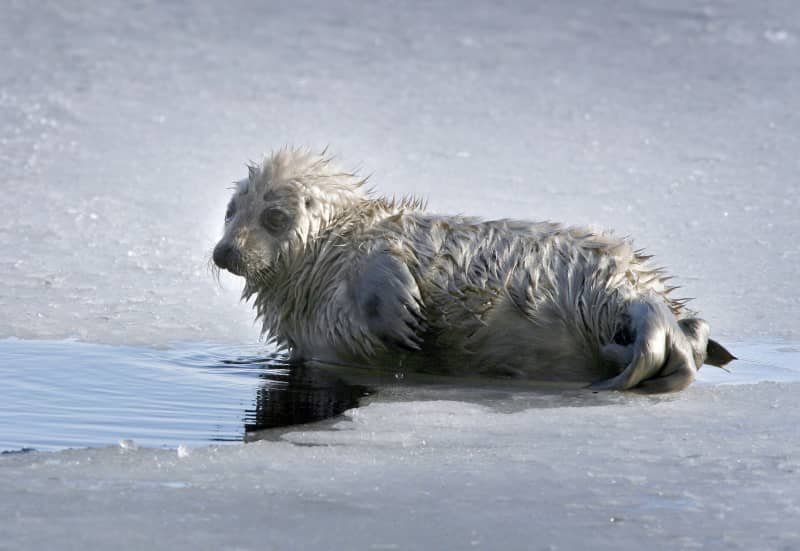
In addition to the origins of the Saimaa ringed seal, a recent study has provided new information on the collapse of the genetic diversity of the Saimaa ringed seal.
The Saimaa ringed seal does not appear to be a close relative of the current eastern sea lions, as has been thought until now. According to new research, the evolutionary history of the Saimaa seal places it within the Arctic region, and more specifically within the North American seal group.
A surprising finding was revealed in a joint study by several Finnish universities and international research institutes. The evolutionary history of the Saimaa ringed seal was investigated using DNA from museum specimens.
The Saimaa ringed seal lives only on the Saimaa, where it is previously thought to have become isolated from other seals around 9,000 years ago, when land uplift cut off its route to the Baltic Sea at the end of the Ice Age. However, new research does not seem to support this view.
Also, the present-day Norse of the Viennese Sea, which are geographically the closest Arctic Norse to the Saimaa Norse, do not seem to be closely related to them. The same applies to the tile holder.
Researchers have developed two alternative theories about the birth of the Saimaa norpa. The first is based on the fact that the norpa has had several waves of migration to the Baltic Sea and sometimes the species would have disappeared from there.
According to another theory, the Saimaa roe may descend from an ancient lake on the edge of the Fennoscandian continental glacier.
Humans have affected the Saimaa ringed seal’s ability to adapt to changing conditions
The study also documented for the first time the collapse of the genetic diversity of the Saimaa norpa in recent centuries. The researchers found that the genetic diversity of the species has decreased in the 20th century due to human influence.
The diversity of the Saimaa porpoise compared to other seals – or almost any other mammal – is extremely low. Low genetic diversity can weaken a species’ ability to adapt to changing conditions.
Previously, however, it was not possible to tell at which point the genetic variation has decreased.
– The research analysis revealed that the population size of the Saimaa grouse has been slowly decreasing possibly since the 12th century, but from the middle of the 19th century the population size decreased more dramatically. At the same time, the decrease in the genetic diversity of the population is also clearly falling, says Heino.
The population of Saimaan norpa collapsed as a result of human activity in the 20th century. The remaining more than 400 individuals are still highly endangered. They are threatened by fishing mortality, climate change, humans and the small genetic variability of the small population.
